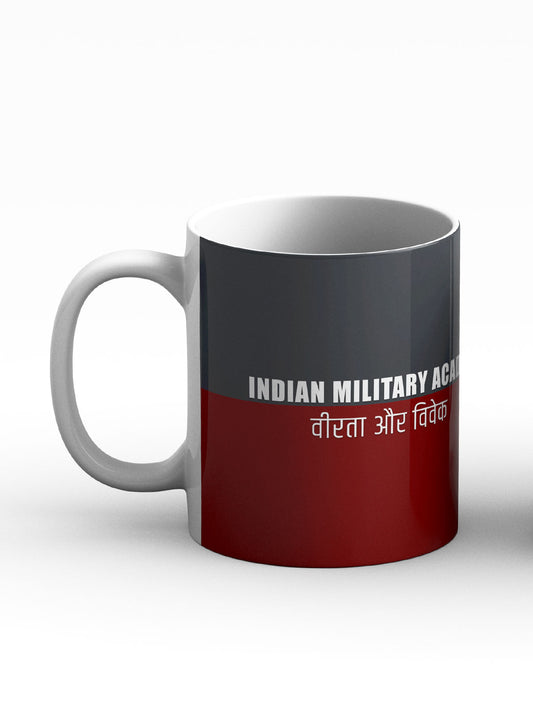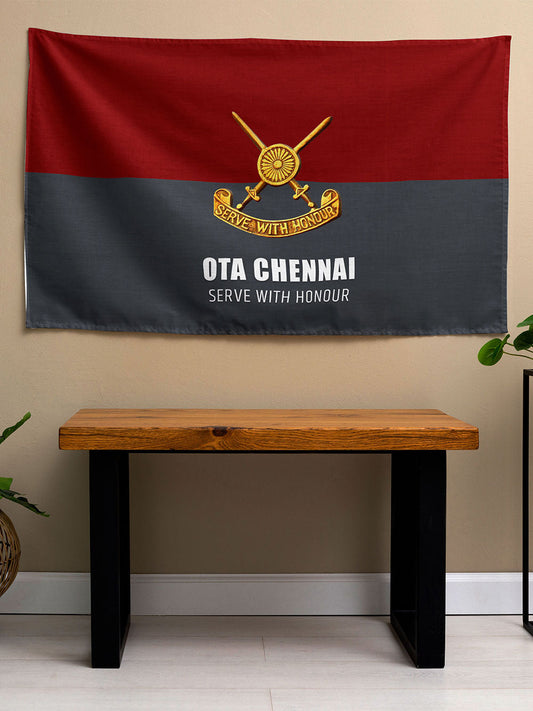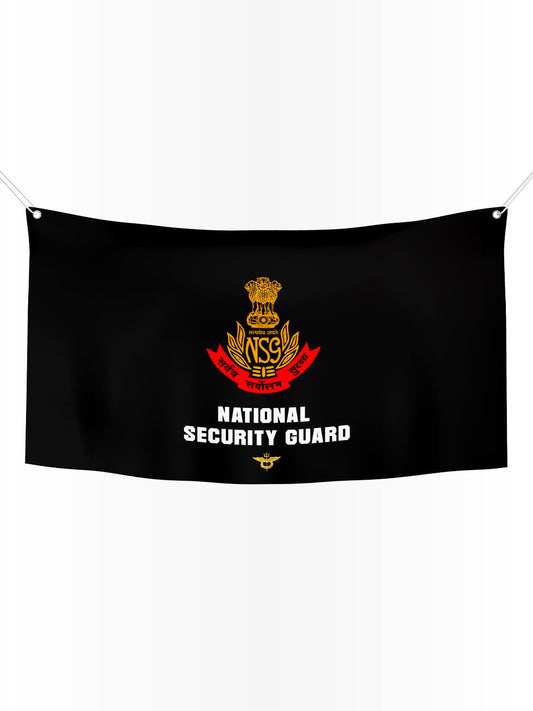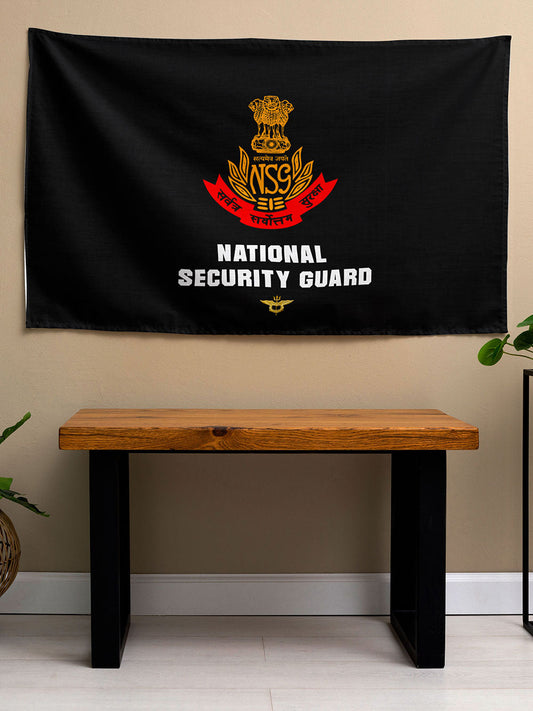BSF Implements Body-Worn Cameras at Indo-Bangladesh Border to Enhance Surveillance and Ensure Accountability
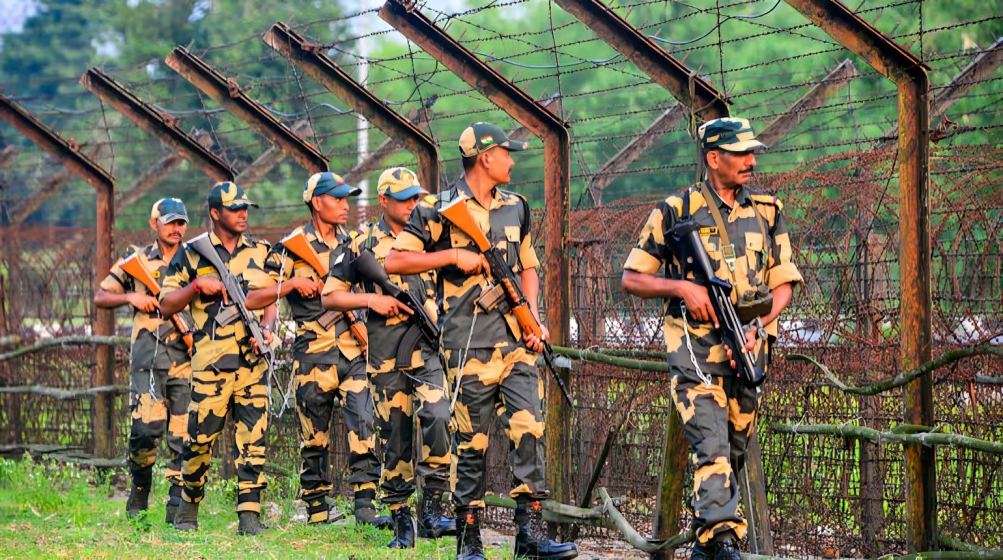
The Border Security Force (BSF) has initiated the deployment of body-worn cameras (BWCs) to its personnel stationed at the Indo-Bangladesh border. This move aims to enhance transparency in border operations, deter illegal actions, and provide electronic evidence in situations of disputes or accusations of excessive force.
Officials have confirmed that 2,500 body-worn cameras have already been distributed, with another 2,500 units expected to be deployed shortly. These compact, battery-operated digital cameras are equipped with night-recording capabilities and are affixed to the uniforms of the personnel. They are intended to document arrests, the repulsion of illegal immigrants, smuggler activities, and any confrontations or disagreements encountered during patrols.
The introduction of these cameras is a response to the increasing number of cross-border incidents. In 2024, there were 77 documented attacks on BSF personnel along the Indo-Bangladesh border. In the first half of 2025, 35 similar incidents have been reported. Additionally, infiltration attempts have risen, with BSF apprehending 2,425 individuals trying to enter India and 1,049 attempting to cross into Bangladesh last year. From January 1 to July 15 this year, 1,372 incoming and 3,536 outgoing illegal movements have been identified.
BSF officers highlighted that the cameras will enhance safety and accountability, while also helping to minimize false claims made by illegal entrants or the Border Guards Bangladesh (BGB). The recorded footage will be vital for internal evaluations and discussions between the two countries when incidents occur.
Alongside body-worn cameras, BSF has installed biometric authentication systems at critical border posts. These systems are integrated with the Bureau of Immigration’s Foreigners Identification Portal (FIP) to enable instant verification and logging of illegal immigrants’ details. The objective is to establish a central record to thwart repeated infiltration attempts. Over 2,500 Bangladeshi citizens have been deported through official border checkpoints in recent months.
India shares a 4,096-kilometer border with Bangladesh, spanning five states: West Bengal (2,216.7 km), Assam (263 km), Meghalaya (443 km), Tripura (856 km), and Mizoram (318 km). The border landscape includes riverine areas, forests, and densely inhabited villages, complicating surveillance and fencing efforts. Of the total border length, only 3,196 km is fenced, with the remaining 850 km largely unfenced due to floods, proximity to populated areas, and challenging geography.
To address these challenges, BSF has increased all-day surveillance using observation posts, border floodlights, watercraft patrols, and floating border outposts.
During the BSF-BGB Director General-level talks in February, India expressed concerns over attacks on BSF personnel and Indian civilians by Bangladesh-based miscreants. Both countries agreed to intensify coordinated patrols, particularly at night, and to share real-time intelligence about trafficking networks. They also pledged to support the rescue and rehabilitation of human trafficking victims.
The deployment of body-worn cameras is perceived as a step toward fulfilling these commitments, helping to reduce conflict and miscommunication during sensitive cross-border operations.




